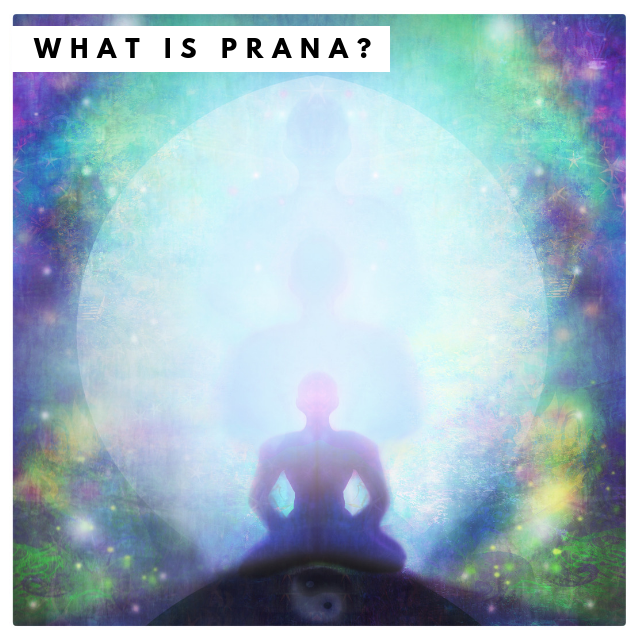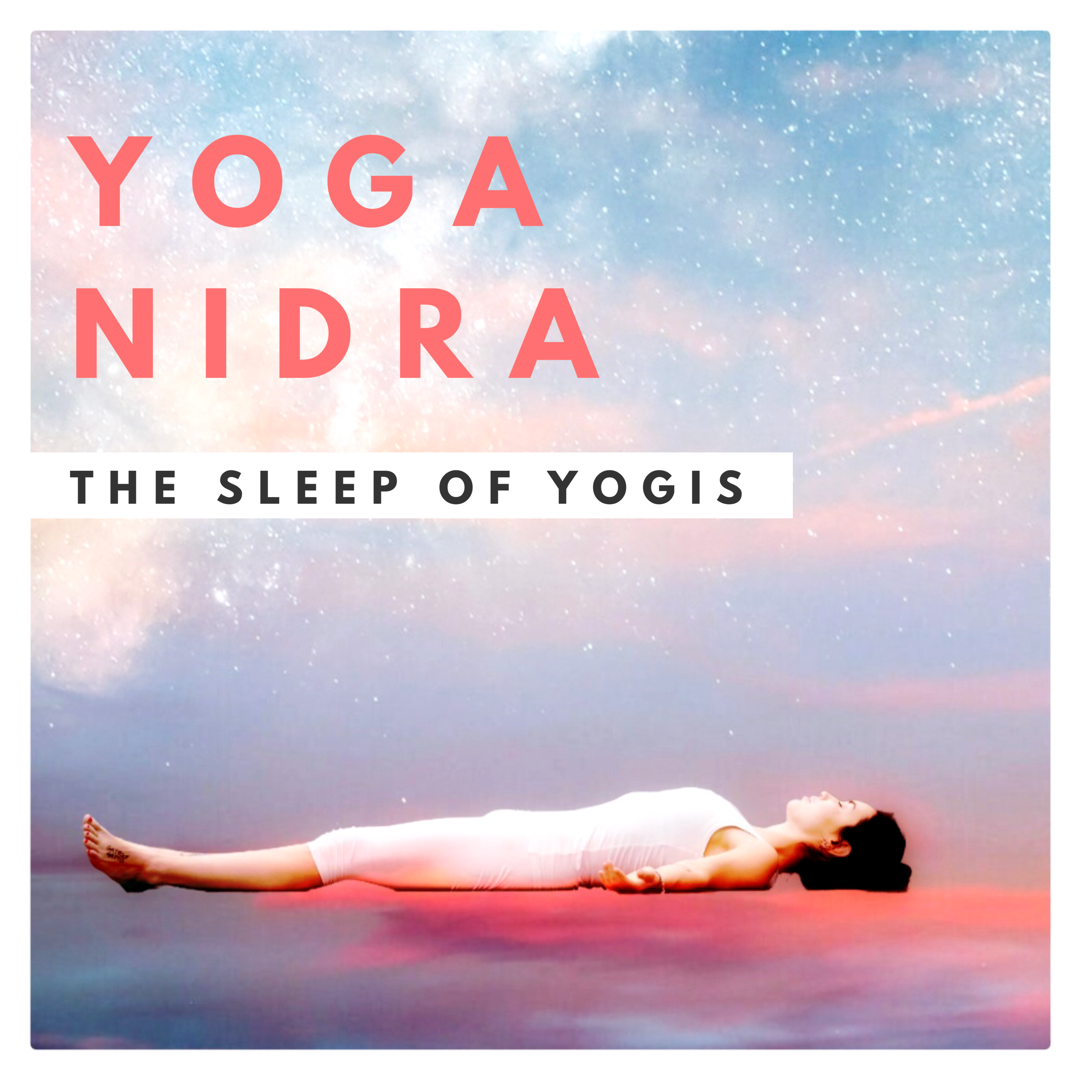The whole of creation is formed by Prana – the universal energy from which all energies stem – and Chitta, universal consciousness. Life as we know it arises from the union between Prana and Chitta.
Read MoreYoga Nidra is one of the most powerful meditative techniques of the Tantras. The process involves temporarily suspending the connection between the mind and the senses, whilst remaining awake.
Read MoreThe SWAN meditation – short for strengths, weaknesses, ambitions and needs – helps us to do just that. The technique allows us to develop a continuous awareness of the most influential factors of our lives. By practicing the SWAN technique, we learn to see things for what they truly are rather than what we desire them to be.
Read MoreKarma Yoga is the yoga of action, and one of the four main paths of yoga. Karma yoga teaches us how our deeds can help us grow spiritually and pave the way for self-realisation if they are performed selflessly.
Read MoreThe Kleshas are obstacles to our spiritual progress. By understanding the five Kleshas, learning to reduce their stranglehold on life and destroying them, we can reduce pain and suffering, and finally get a glimpse of Atman – the inner self.
Read MoreThe following text is a description of Ambalatthika-rahulovada Sutta – The Pali text named “Instructions to Rahula at Mango Stone.” The text details the first and one of the most important exhortations given by Buddha to a young Rahula, his son.
Read MoreAhimsa is the first and foremost of the yamas and the basis of compassion. Fearlessness, courage and love are all founded on ahimsa.
Guru Poornima is that day in which we can connect with the universal guru energy and to the inner guru tattwa or master element.
Gautama’s Buddha worked ceaselessly for the good of mankind, and was renowned for his ten great virtues: “Itipi So Bhagava Araham Sammasambuddho Vijja-Carana Sampanno Sugato Lokovidu AnuttaroPurisa Damma-Sarathi Sattha Deva-Manussanam Buddho Bhagavathi”
There are four main paths in yoga: Karma yoga, Bhakti yoga, Raja yoga and Jnana yoga. All four paths lead to the same destination, but each one of them is suited to a different temperament or personality.
The path towards Nirvana is an arduous path which starts with cessation and ends with cessation.
Read MoreThe Shatkarmas purify the body and eliminate all toxins, enabling the yogi to progress on the spiritual path without obstacles.
Read MoreThe Five Great Elements were born from Universal Consciousness, to create Life as we know it.
Read MorePratyahara or withdrawal of the senses is the fifth limb of Patanjali's Raja Yoga and the preceding stage to Concentration and Meditation
Read MoreThe five great elements are present in all states of matter; in all beings, in every cell of every organism in the entire cosmos.
Read MoreEach one of us has five different koshas or sheaths, which vibrate at different speeds. They interact and envelope one another, and together they form the physical, mental and spiritual dimensions of life.
Read MoreIn Shavasana we relax our body and mind, developing our awareness from a point of absolute stillness.This gives rise to the suppressed impressions within our subconscious mind, thereby relieving stress, tension, anxiety, fatigue and insomnia.
Read MoreRaja Yoga was compiled by Patanjali, a contemporary of Buddha. It is a straightforward path which omits all religious and ritualistic discussions and ideologies. It is concerned only with accessing the higher dimensions of our own consciousness. “Raja” means King and Raja yoga is considered the king of all yogas. It is also known as Ashtanga Yoga, or the yoga of eight limbs.
Read MoreThe Yamas and Niyamas are the foundations of Yoga. They are not to be seen as some form of religious code of morality. They are practiced to break away from our limitations and gain insight into our reality and true identity.
Read More









![[VIDEO]: The Four Paths of Yoga](https://images.squarespace-cdn.com/content/v1/594a696c20099ea9e1fcb37e/1528992137938-LXIXU99VWJGCEDKLAE44/The+Four+Paths+of+Yoga.png)


![[VIDEO] The Birth of the Five Elements](https://images.squarespace-cdn.com/content/v1/594a696c20099ea9e1fcb37e/1522409463585-UFEC8HUG1FZ6E3H2DMG7/The+Birth+of+The+Five+Elements.png)





